Risks and Needs: Lessons Learned from Assessing Patients Willingness to Receive Help for Social Risks in Primary Care [Social determinants and vulnerable populations]
Annals of Family Medicine
NOVEMBER 20, 2024
Intervention/Instrument: The intervention includes a short survey to determine patients’ needs with respect to transportation, food insecurity, financial difficulty related to utility payments, and housing. Study Design and Analysis: Descriptive analysis of secondary data.




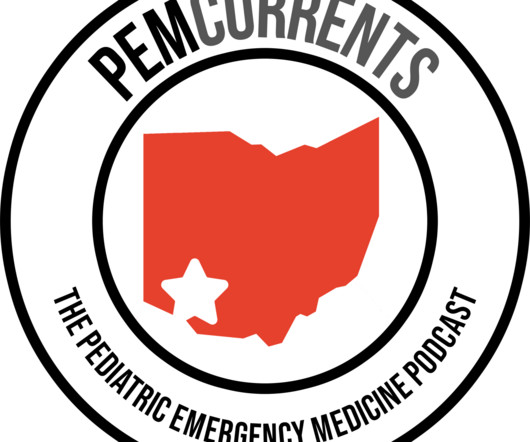
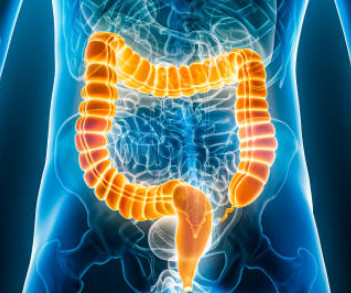
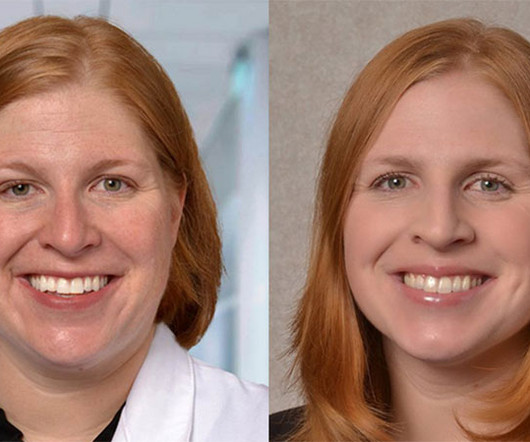

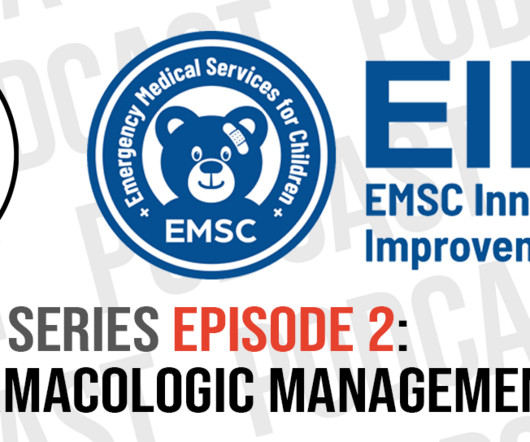

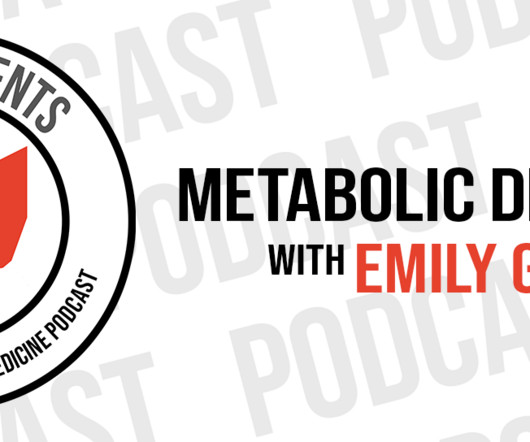









Let's personalize your content